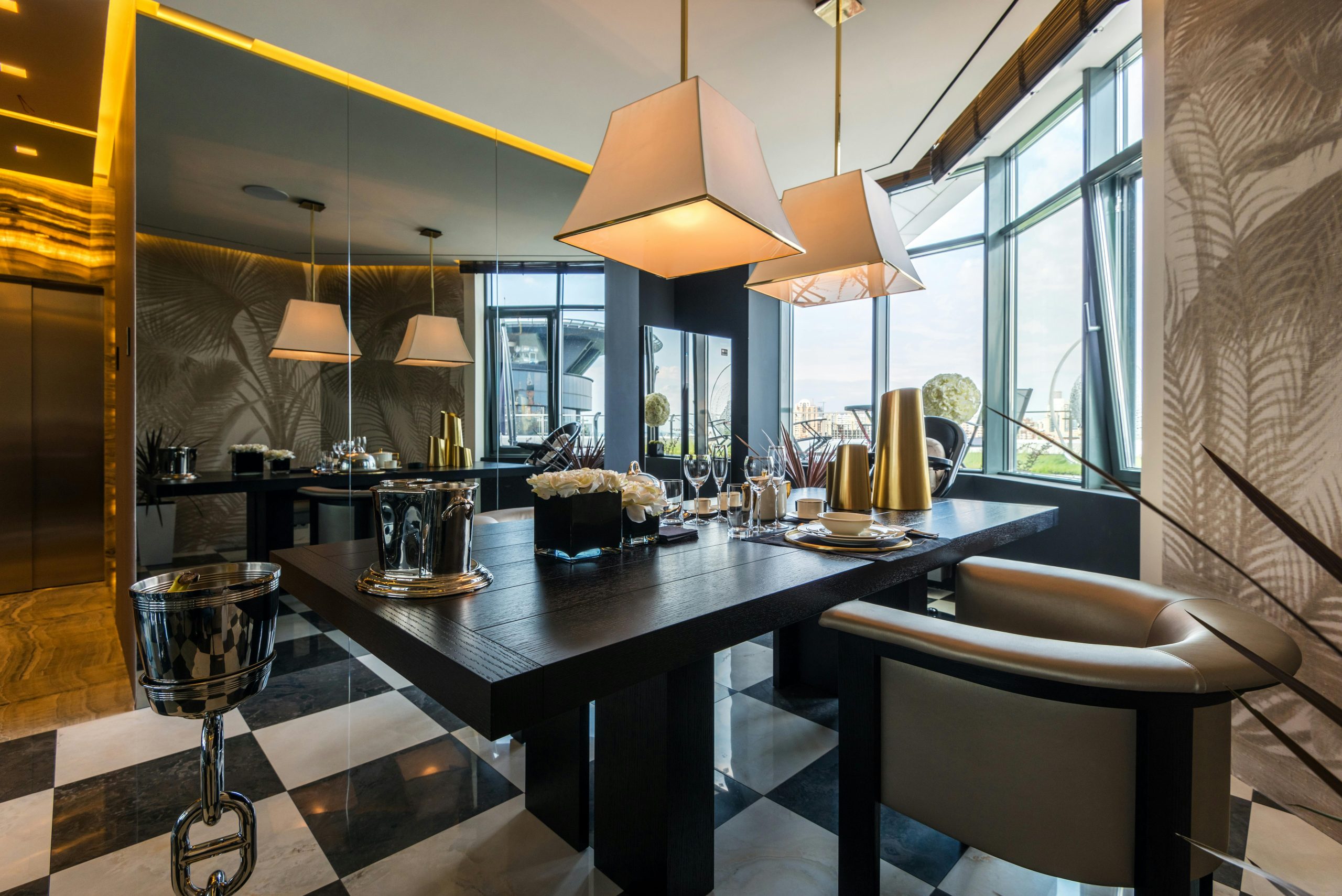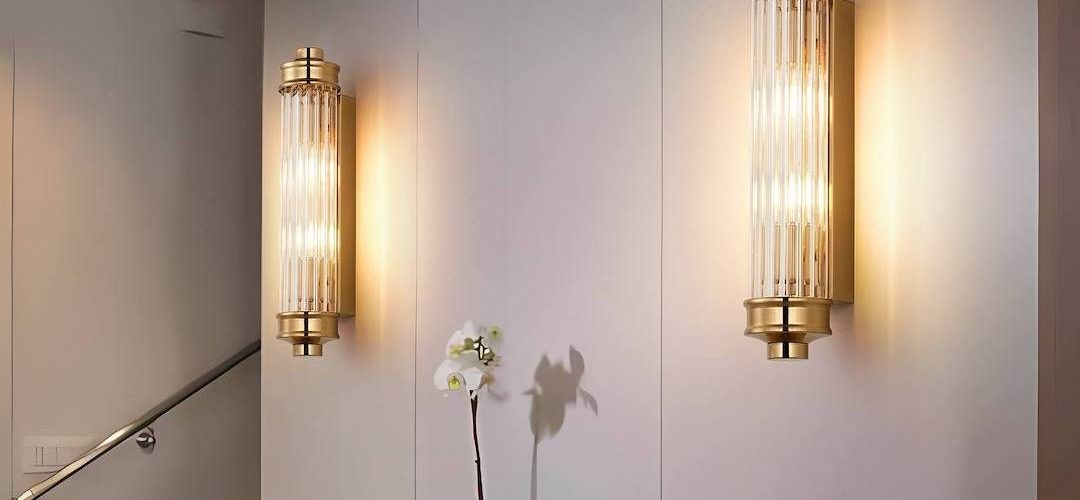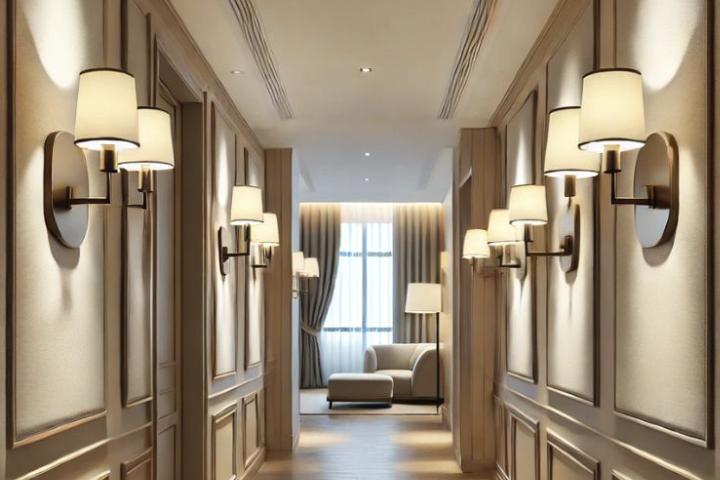
Shining a Light on Commercial Lighting: Enhancing Efficiency and Aesthetics in Business Spaces
Benefits of Good Commercial Lighting
Commercial lighting has numerous benefits, including energy conservation, improved productivity, safety, and enhanced mood. Proper lighting sividecor can reduce energy consumption, minimize recurring expenses, and improve the overall efficiency of the space. Additionally, appropriately lit spaces can significantly elevate mood and reduce fatigue, leading to increased comfort and productivity for employees.
Efficiency and Sustainability
Energy-efficient lighting reduces energy consumption and in turn, costs while boosting sustainability. LED bulbs are a great way to achieve this since they have a longer life span and consume minimal energy compared to traditional incandescent bulbs. In addition, lighting controls such as motion sensors, timers, and dimmers can minimize energy waste and result in significant energy savings.
Productivity and Comfort
Many studies have shown that good lighting can have a positive impact on productivity and comfort in commercial spaces. Lighting that is too dim or too bright can cause employee strain and distraction. Therefore, a balance must be achieved to ensure that employees have sufficient light to work without any unnecessary glare, which could cause headaches or fatigue.
Safety and Security
The proper lighting is crucial in promoting safety and security in commercial spaces. Sufficient lighting prevents accidents by eliminating dark corners and areas that can cause accidents or hazards. Additionally, it prevents or deters theft, vandalism, or crime since adequate light makes it easier to identify faces, objects, or suspicious behaviour, resulting in a safer business environment.
Effective Lighting Design
To achieve the benefits of good commercial lighting, it is essential to identify the right design that fits a particular commercial space. This can be achieved by considering various factors such as the type of business, size of the space, the age of the building, and the company’s branding.
Type of Business
The type of business being conducted and the kind of products or services offered plays a critical role when designing lighting systems. For instance, the lighting configurations in a clothing store will be different from those of a grocery store. The lighting in a grocery store should be able to enhance the appearance of the products and create a welcoming feeling for the customers.
Size of the Space
The size of the commercial space should be taken into account when designing a lighting system to ensure that every corner of the area is well-lit. Proper lighting should amplify and complement the features of the establishment. Reflective lighting can be used in larger spaces with poor natural lighting conditions.
Age of the Building
Older buildings pose a challenge because their wiring and electrical systems may not be compatible with modern lighting systems. The lighting designers must take time to understand the existing electrical system and identify the repairs required. New fixtures that operate with less energy can be included as well, which help lower energy expenses that may have been incurred due to the age of the building.
Company Branding
The branding of a company should also be considered when creating lighting designs for commercial spaces. The lighting design should incorporate the company’s culture, and the visual language that a company wants to express to their clients should be reflected in the lighting design.






